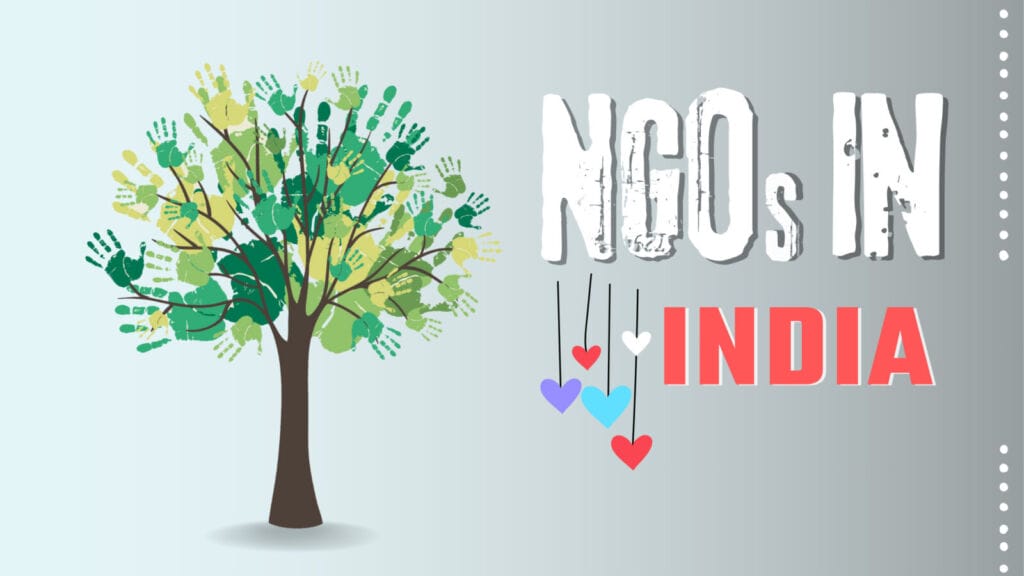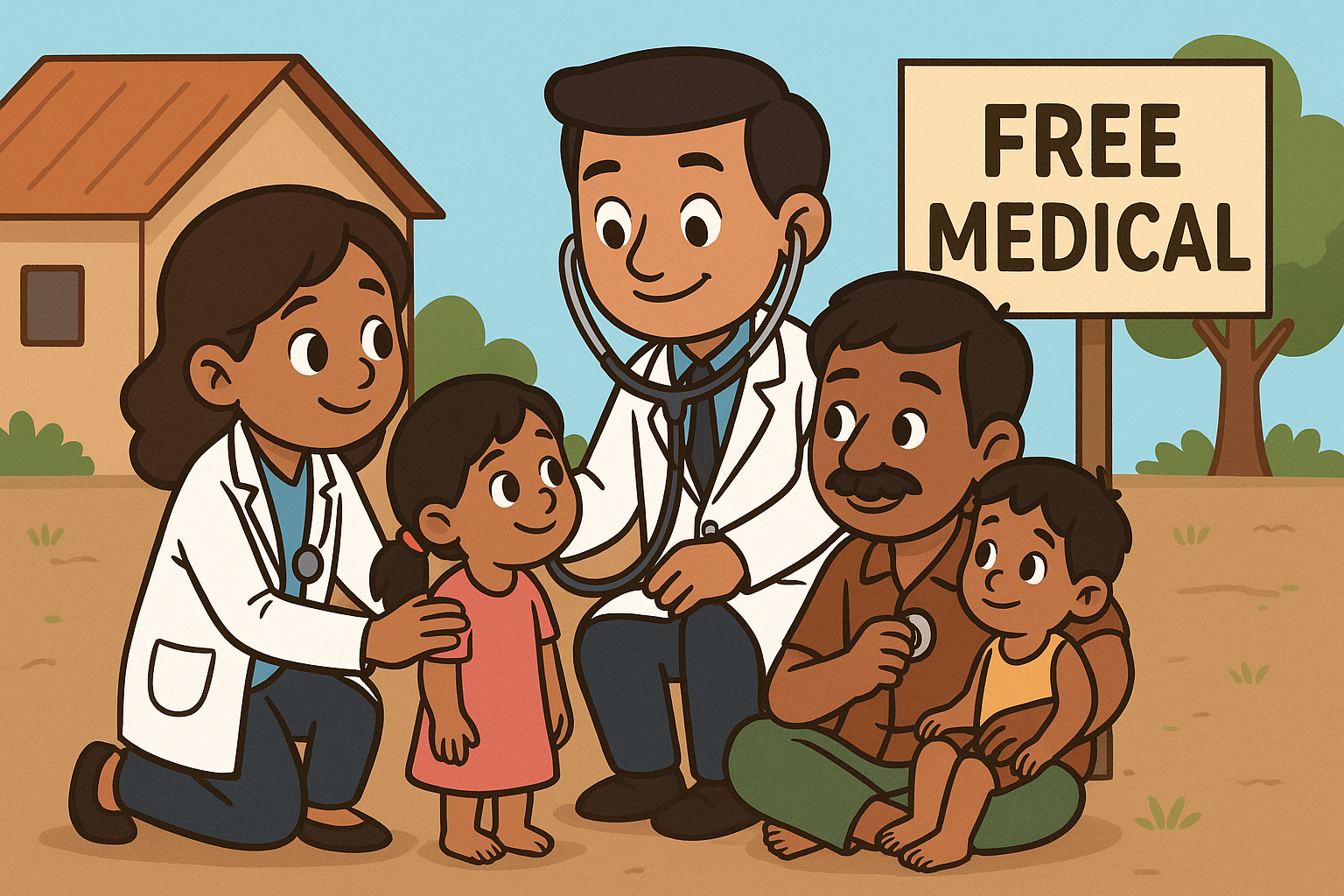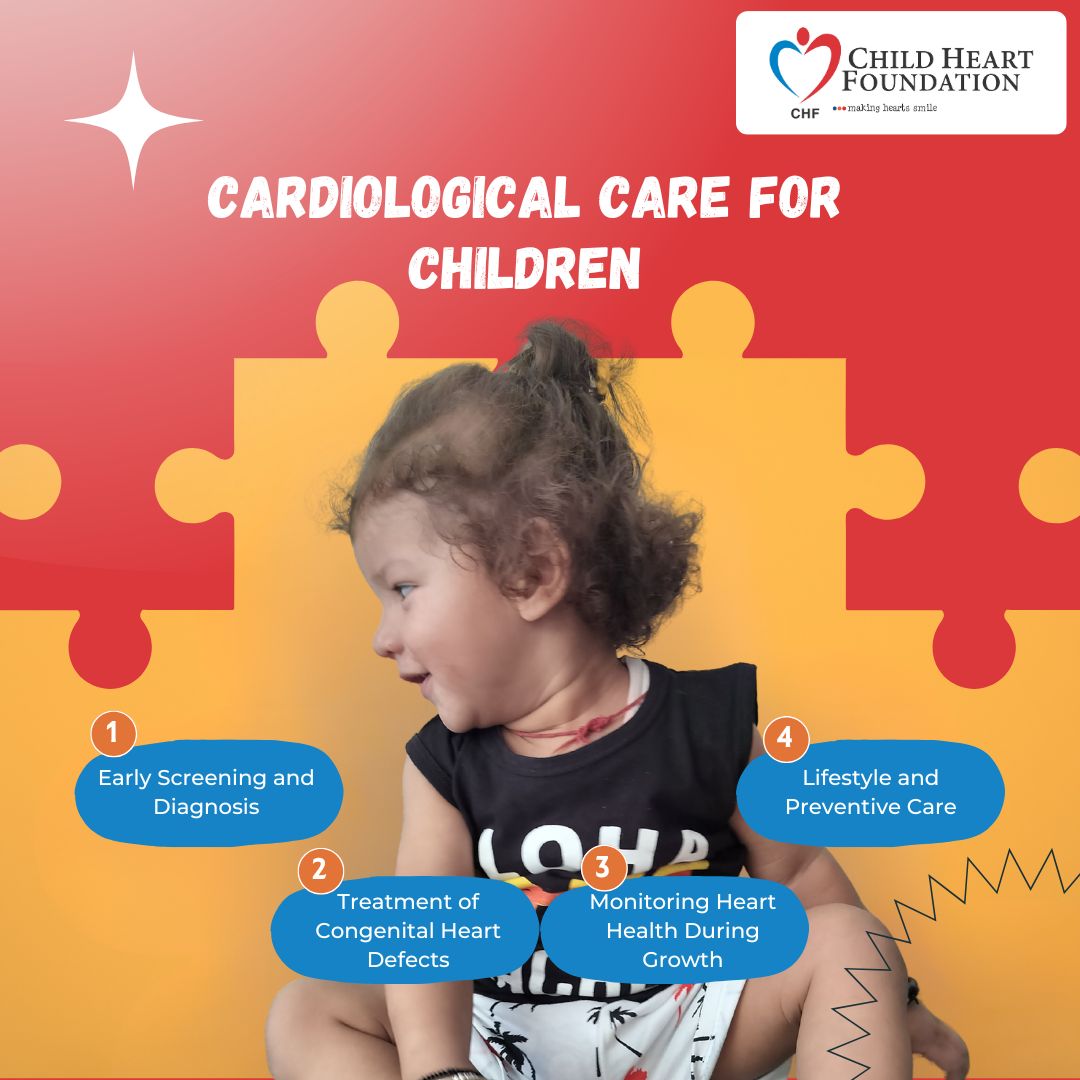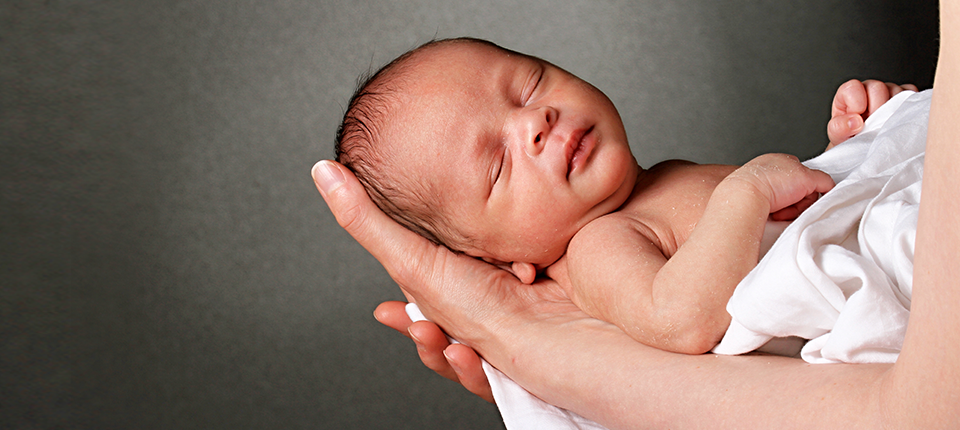.webp)
Congenital Heart Defects in Newborns and Infants: India’s ‘Invisible’ Illness
Child Heart Foundation sheds light on congenital heart defects (CHD) and how they affect children at the beginning of life.
When we think about heart ailments, perhaps what comes to mind is the image of an old, infirm body or morbid obesity. What we do not picture is a newborn baby—those chubby-cheeked cherubs who are pure delight. In reality, however, one in every hundred infants is born with congenital heart disease (CHD). In India, CHD is the third leading cause of infant mortality. Nearly 240,000 babies are born with CHD annually, of which 60,000 cases are critical and require surgery. Yet, as Dr. Ganesh Mani describes, CHD is the “forgotten” heart disease in India: only one in four children who require heart surgery get the care they need. The problem lies more in access than treatment. In the United States, for example, the Center for Disease Control and Prevention reports survival rates of 95% and 69% in neonatal populations with noncritical CHD and critical CHD respectively. In contrast, in India, 90% of children with serious CHD do not get quality healthcare. A study conducted by Banothu et al found a mortality rate of 50% among 58 children with unoperated CHD in pediatric intensive care units. A number of factors underlie this health crisis: financial constraints, lack of infrastructure and expertise, and inadequate sensitization to the importance of early diagnosis and intervention.
Little baby Rudra was diagnosed with ventricular septal defect and pulmonary atresia, a life-threatening disease. Regular follow-up visits and screenings are vital to monitor Rudra’s condition until he is ready for surgery.
What is CHD and what causes it?
CHD are structural problems that arise due to abnormal malformations of the heart or major blood vessels during the first eight weeks of fetal development. CHD ranges from simple (e.g., holes between the heart chambers) to complex (e.g., the absence of a heart chamber). Doctors do not know what exactly causes CHD but risk factors may include: genetics, alcohol consumption and smoking, and drug use during pregnancy. While there are numerous types of CHD, the most common are:
- Aortic valve stenosis: a valve that does not close and leaks blood
- Coarctation of the aorta: a narrowing of the aorta
- Ebstein's anomaly: a malformed heart that does not pump blood in the right direction
- Patent ductus arteriosis: a hole in the aorta
- Pulmonary valve stenosis: a thickened or fused heart valve
- Septal defects: holes between the heart walls
Diagnosing CHD in newborns and infants
Some cases of CHD do not cause any symptoms and may not even be diagnosed until adolescence or adulthood; others are detected before birth or immediately post-delivery. Key symptoms can encompass:
- Bluish skin, lips or nails
- Excessive sleepiness
- Fast breathing or trouble breathing
- Fatigue
- Heart murmurs
- Weak pulse or pounding heartbeat
Birth can be jarring for babies. They are thrust from the dark, warm amniotic sac into the bright lights of the world. No longer cocooned, the baby cannot depend on the mother for nutrients and oxygen. A baby’s first breath triggers a cascade of changes, including in how the heart pumps blood to the rest of the body. Heart defects can hamper this transition.
Clinical presentation of CHD in newborns can be challenging to pinpoint. Early screening, therefore, is key. In the first few days after birth, neonatal infants should be checked for CHD using a pulse oximeter, which measures blood oxygen levels. Low blood oxygen levels may be a sign of CHD. Further evaluations may be conducted to confirm a diagnosis, including:
- Physical examination: a stethoscope is used to check for a heart murmur or abnormal heartbeats
- Chest X-ray: provides a visual of structural abnormalities
- Electrocardiogram: detects the heart’s electrical activity
- Echocardiogram: creates images of the heart’s valves and chambers
- Cardiac catheterization: a test where a thin, hollow tube is guided through a blood vessel to the heart. This procedure can be used to identify anatomic deviations that are difficult to capture in an echo. Catheterization is also a treatment modality to fix simple cardiac defects.
- Magnetic resonance imaging: generates detailed structural pictures of the heart, enabling accurate measurements of the heart chambers
The importance of early intervention in treating CHD
Most CHD problems are mild and can be managed through regular monitoring in an outpatient setting. However, infants with critical CHD need medical therapy within the first year of life. Untreated cases can lead to a host of complications: heart failure, blood clots, abnormal heart rhythms, stroke, liver disease, kidney failure, pulmonary hypertension, and heart valve disease. Severe defects require medication (e.g., digoxin to slow the heartbeat and boost heart pumping, diuretics to flush out fluid from the body, etc.) or corrective surgery. For complex defects that cannot be repaired surgically, a heart transplant may be necessary. But newborns and infants who are too small or weak are not good candidates for heart surgery. In these situations, palliative surgery may be employed as a stopgap to increase oxygen levels until the baby is ready for cardiac surgery.
A CHD diagnosis can be anxiety-inducing. But medical advances have made early detection and management possible, giving the best chance for your little one to live a long, healthy life. At the Child
Heart Foundation, we are committed to making this vision a reality in India. By raising awareness about best practices, training frontline healthcare workers in timely detection, and advocating for every child to get the support they need, we strive to close gaps in access to quality pediatric heart care. After all, every heartbeat matters.
Sources
- American Heart Association. (n.d.). About congenital heart defects. Retrieved from https://www.heart.org/en/health-topics/congenital-heart-defects/about-congenital-heart-defects
- American Heart Association. (n.d.). Common types of heart defects. Retrieved from https://www.heart.org/en/health-topics/congenital-heart-defects/about-congenital-heart-defects/common-types-of-heart-defects#:~:text=Jackson%20was%20born%20with%20tricuspid,once%20thought%20to%20be%20hopeless
- Children's HeartLink. (n.d.). Where we work: India. Retrieved from https://childrensheartlink.org/global-impact/where-we-work/india/
- Children's HeartLink. (2025). India fact sheet. Retrieved from https://childrensheartlink.org/wp-content/uploads/2025/02/India-Fact-Sheet.pdf
- Cleveland Clinic. (n.d.). Congenital heart disease. Retrieved from https://my.clevelandclinic.org/health/diseases/21674-congenital-heart-disease
- Eternal Hospital. (n.d.). Congenital heart disease and its types. Retrieved from https://www.eternalhospital.com/title/congenital-heart-disease-and-its-types#:~:text=Considering%20a%20birth%20prevalence%20of,the%20first%20year%20of%20life
- Grover, S. (2022). Mortality in congenital heart diseases: Review and progress in improving outcomes. Journal of Clinical Medicine, 41(3). Retrieved from https://doi.org/10.1007/s12098-022-04343-5
- Hindustan Times. (2021). India’s children and the grim reality of congenital heart diseases. Retrieved from https://www.hindustantimes.com/opinion/indias-children-and-the-grim-reality-of-congenital-heart-diseases-101633330205860.html
- Indian Pediatrics. (2018). Congenital heart defects in children: A review of current trends in diagnosis and management. Indian Pediatrics, 55(12), 1075-1082. Retrieved from https://www.indianpediatrics.net/dec2018/dec-1075-1082.htm
- IJPediatrics. (2021). Congenital heart defects: A growing concern in children. Indian Journal of Pediatrics, 88(4), 135-145. Retrieved from https://www.ijpediatrics.com/index.php/ijcp/article/view/4268
- Johns Hopkins Medicine. (n.d.). Care of the baby in the delivery room. Retrieved from https://www.hopkinsmedicine.org/health/conditions-and-diseases/care-of-the-baby-in-the-delivery-room#:~:text=The%20birth%20of%20a%20baby,from%20the%20nose%20and%20mouth
- Max Healthcare. (n.d.). Congenital heart defects in children. Retrieved from https://www.maxhealthcare.in/blogs/congenital-heart-defects-in-children
- Mayo Clinic. (n.d.). Cardiac catheterization. Retrieved from https://www.mayoclinic.org/tests-procedures/cardiac-catheterization/about/pac-20384695
- Mayo Clinic. (n.d.). Congenital heart defects in children: Diagnosis and treatment. Retrieved from https://www.mayoclinic.org/diseases-conditions/congenital-heart-defects-children/diagnosis-treatment/drc-20350080
- Morrow, W. R., & Sargent, R. (2011). Congenital heart disease in the newborn requiring early intervention. Retrieved from https://pmc.ncbi.nlm.nih.gov/articles/PMC3145901/#sec25
- National Heart, Lung, and Blood Institute. (n.d.). Congenital heart defects. Retrieved from https://www.nhlbi.nih.gov/health/congenital-heart-defects
- National Heart, Lung, and Blood Institute. (n.d.). Treatment for congenital heart defects. Retrieved from https://www.nhlbi.nih.gov/health/congenital-heart-defects/treatment
- NHS. (n.d.). Types of congenital heart disease. Retrieved from https://www.nhs.uk/conditions/congenital-heart-disease/types/
- The Conversation. (2022). Curious kids: Why do babies cry when they come out of their mum? Retrieved from https://theconversation.com/curious-kids-why-do-babies-cry-when-they-come-out-of-their-mum-205477
Stay Connected
Stay connected for updates, insights, and exciting news delivered directly to you.
Recent Post
-
May 21, 2025
-
Mar 12, 2025



